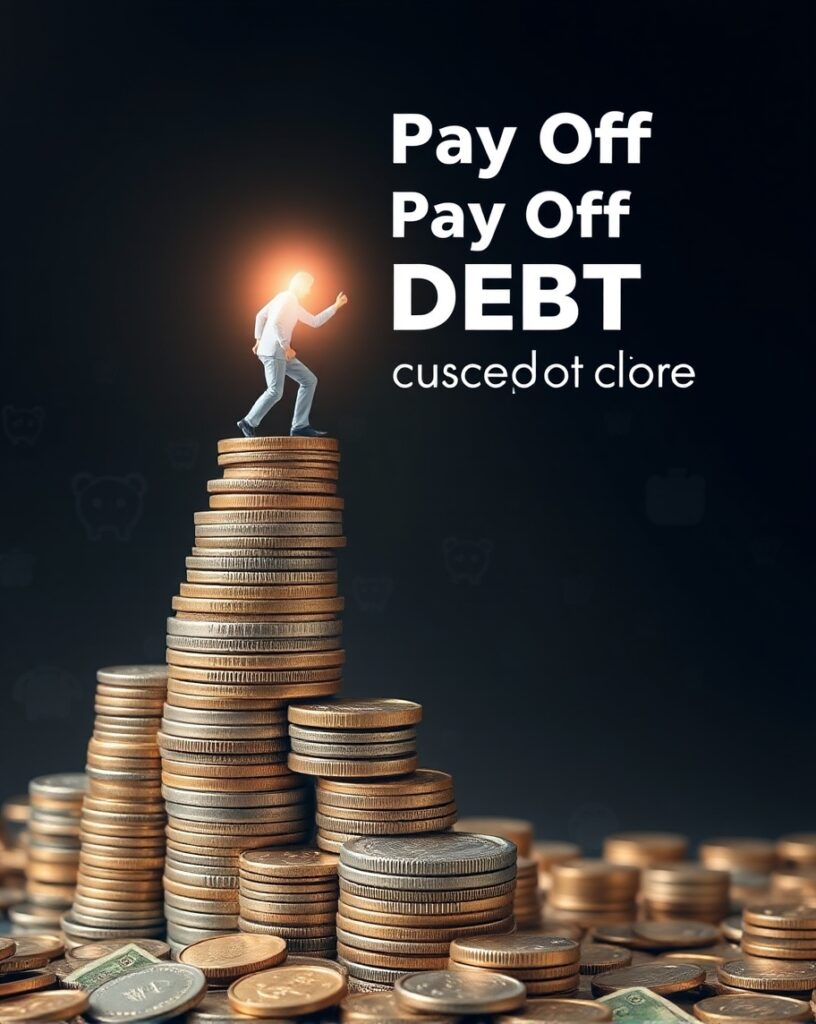Debt can be a significant burden, affecting your financial well-being and peace of mind. Whether it’s credit card debt, student loans, or a mortgage, paying off debt quickly and efficiently is crucial to achieving financial freedom. In this blog, we’ll explore effective strategies to help you eliminate debt and take control of your finances.
1. Prioritize Your Debts
The first step in paying off debt is to prioritize which debts to tackle first. There are two popular methods:
- The Debt Snowball Method: Focus on paying off your smallest debts first. As each debt is paid off, roll the amount you were paying into the next smallest debt. This method builds momentum and keeps you motivated as you see quick wins.
- The Debt Avalanche Method: Focus on paying off debts with the highest interest rates first. This method saves you the most money in interest over time, making it the most cost-effective strategy.
2. Create a Realistic Budget
A well-structured budget is essential for managing your finances and paying off debt. Track your income and expenses to see where your money is going. Identify areas where you can cut back and redirect those funds toward debt repayment. Consider using budgeting apps or tools to simplify the process.
3. Increase Your Income
Increasing your income can accelerate your debt repayment plan. Consider side gigs, freelancing, or part-time jobs to generate additional income. Selling unused items around your home can also provide a quick influx of cash that can be put directly toward debt.
4. Cut Unnecessary Expenses
Review your monthly expenses and identify areas where you can reduce spending. This might include:
- Dining Out: Prepare meals at home instead of eating out.
- Subscriptions: Cancel or pause unnecessary subscriptions like streaming services, magazines, or gym memberships.
- Shopping: Limit non-essential purchases and practice mindful spending.
Redirect the money saved from these cuts toward your debt payments.
5. Consolidate Your Debt
Debt consolidation involves combining multiple debts into a single loan, usually with a lower interest rate. This can simplify your payments and reduce the amount of interest you pay over time. Options include:
- Balance Transfer Credit Cards: Transfer high-interest credit card balances to a card with a 0% introductory rate.
- Personal Loans: Use a personal loan with a lower interest rate to pay off high-interest debt.
6. Automate Your Payments
Set up automatic payments to ensure that you never miss a due date. Late payments can result in additional fees and higher interest rates. Automating your payments also helps you stay consistent with your debt repayment plan.
7. Negotiate Lower Interest Rates
Contact your creditors to negotiate lower interest rates. This can reduce the amount of interest you pay over time and make it easier to pay off your debt. Some creditors may be willing to lower your rate if you’ve been a good customer or if you’re facing financial hardship.
8. Use Windfalls Wisely
If you receive a financial windfall, such as a tax refund, bonus, or inheritance, consider using it to pay down your debt. Applying a lump sum to your debt can significantly reduce the principal balance and save you money on interest.
9. Seek Professional Help
If you’re overwhelmed by debt, consider seeking help from a financial advisor or credit counseling service. They can provide personalized advice and help you create a debt management plan. Be cautious of debt relief companies that charge high fees or make unrealistic promises.
10. Stay Motivated
Paying off debt can be a long and challenging journey, but staying motivated is key to success. Celebrate small victories along the way, such as paying off a credit card or reaching a savings milestone. Keeping your end goal in mind—a debt-free life—will help you stay on track.

